Home>Home Appliances>Kitchen Appliances>How Many Watts Does An Espresso Machine Use
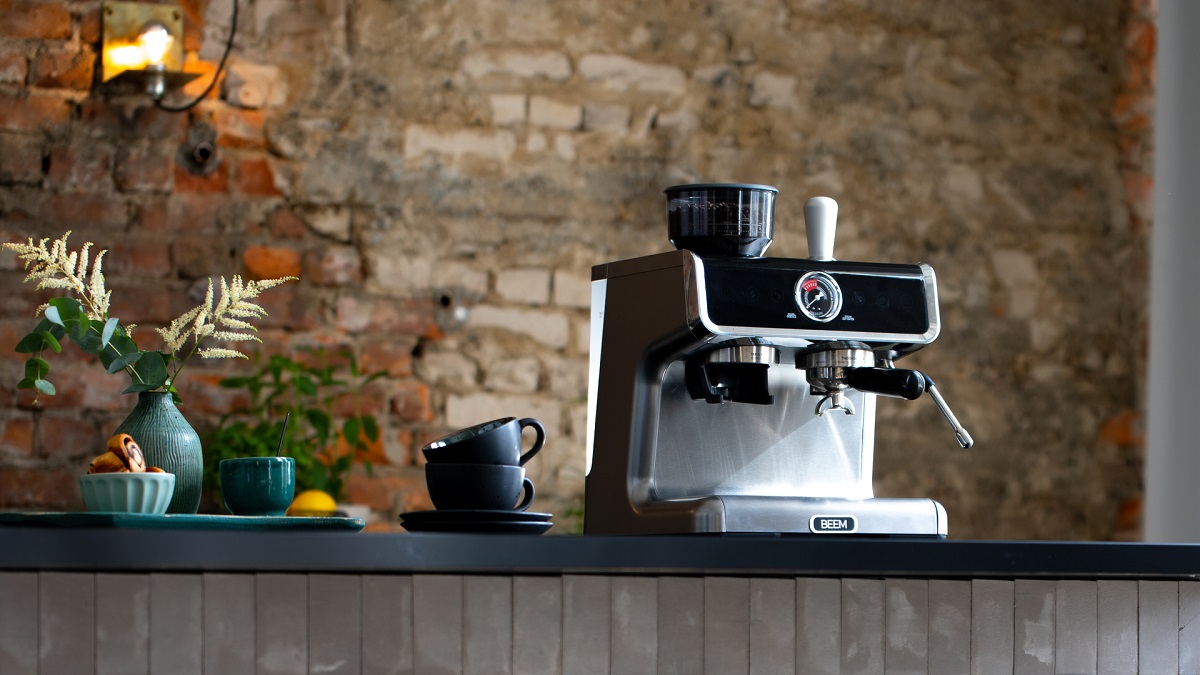

Kitchen Appliances
How Many Watts Does An Espresso Machine Use
Modified: January 6, 2024
Discover the energy-efficient performance of kitchen appliances. Find out how many watts an espresso machine uses and optimize your energy consumption. Explore more with our expert insights.
(Many of the links in this article redirect to a specific reviewed product. Your purchase of these products through affiliate links helps to generate commission for Storables.com, at no extra cost. Learn more)
Introduction
Welcome to the wonderful world of espresso machines, where the aroma of freshly brewed coffee fills the air and the promise of a perfect cup of espresso is just a button press away. Whether you are a coffee aficionado, a barista in training, or simply someone who enjoys a good cup of joe, understanding the power consumption of espresso machines is essential for both practical and environmental reasons.
In this article, we will delve into the fascinating realm of espresso machines and explore the intricacies of their power usage. From demystifying the technical aspects to providing practical tips for reducing power consumption, we will cover everything you need to know about how many watts an espresso machine uses and how to make the most of its energy efficiency.
So, grab your favorite mug, settle into a cozy spot, and let’s embark on a journey to unravel the power consumption of espresso machines and discover how to savor every sip while being mindful of energy usage.
Key Takeaways:
- Espresso machines consume varying wattage, ranging from 600 to 1500 watts, influenced by factors like type, operational features, and frequency of use. Understanding power consumption helps make informed, energy-efficient choices.
- Practical tips, such as choosing energy-efficient models, utilizing programmable settings, and maintaining regular cleaning, empower coffee enthusiasts to reduce power consumption while enjoying freshly brewed espresso. Educating staff and users fosters a culture of responsible usage, contributing to energy conservation.
Read more: How Many Watts Does A Washing Machine Use
Understanding Espresso Machines
Espresso machines are marvels of engineering that bring the art of coffee making into the comfort of your home or the bustling atmosphere of a café. These appliances are designed to deliver a concentrated shot of coffee known as espresso, which is characterized by its rich flavor and velvety crema.
At the heart of an espresso machine lies a complex system of components working in harmony to create the perfect brew. From the boiler that heats the water to the pump that generates the ideal pressure for extraction, each part plays a vital role in the coffee-making process.
Espresso machines come in various types, including manual, semi-automatic, automatic, and super-automatic, catering to different preferences and skill levels. Manual machines provide complete control over the brewing process, while super-automatic machines offer unparalleled convenience with automated grinding, tamping, and brewing.
Understanding the anatomy of an espresso machine is crucial for comprehending its power consumption. The heating elements, pumps, and electronic controls all contribute to the energy requirements of the machine, shaping the overall wattage it consumes during operation.
Moreover, the design and features of espresso machines influence their power usage, with factors such as boiler size, brewing capacity, and additional functionalities impacting their energy efficiency. By gaining insight into the inner workings of these appliances, coffee enthusiasts can make informed decisions about their energy consumption and environmental impact.
Now that we have unraveled the basics of espresso machines, let’s delve into the intriguing realm of power consumption and explore the factors that determine how many watts an espresso machine uses.
Power Consumption of Espresso Machines
When it comes to power consumption, espresso machines exhibit varying energy requirements based on their type, size, and operational features. The wattage of an espresso machine typically ranges from 600 to 1500 watts, with commercial models often exceeding this range due to their higher capacity and advanced functionalities.
Understanding the power consumption of an espresso machine involves considering its heating elements, pumps, and electronic components. The heating element, responsible for heating the water to the optimal brewing temperature, accounts for a significant portion of the energy usage. Additionally, the pump, which creates the pressure necessary for extracting the espresso, contributes to the overall power consumption of the machine.
Automatic and super-automatic espresso machines, equipped with advanced electronics and integrated grinders, may consume higher wattage compared to manual or semi-automatic models. The inclusion of features such as programmable settings, digital displays, and automatic milk frothers adds to the energy demands of these appliances.
Furthermore, the duration and frequency of use impact the energy consumption of espresso machines. Regular use, especially in commercial settings, can result in higher electricity consumption over time. It is essential to consider the operational patterns and energy efficiency of an espresso machine to make informed decisions about its impact on utility bills and environmental sustainability.
As consumers become increasingly conscious of energy conservation and eco-friendly practices, manufacturers are focusing on developing energy-efficient espresso machines. Innovations such as rapid heating systems, standby modes, and programmable auto-off features contribute to reducing power consumption without compromising the quality of the espresso.
By gaining insight into the power consumption of espresso machines, coffee enthusiasts can make informed choices that align with their energy-saving goals while enjoying the delightful experience of brewing and savoring espresso.
To save energy, consider using an espresso machine with a lower wattage, around 800-1200 watts, which can still produce a good quality espresso while consuming less power.
Factors Affecting Power Consumption
The power consumption of an espresso machine is influenced by a multitude of factors that collectively determine its energy usage and efficiency. Understanding these factors is essential for making informed decisions about selecting, operating, and optimizing the energy performance of espresso machines.
- Type of Espresso Machine: The type of espresso machine, whether manual, semi-automatic, automatic, or super-automatic, significantly impacts its power consumption. Automatic and super-automatic machines, featuring integrated grinders, programmable settings, and advanced electronics, tend to consume higher wattage compared to manual or semi-automatic models.
- Boiler Size and Heating Elements: The size and design of the boiler, along with the heating elements, play a crucial role in determining the energy requirements of an espresso machine. Larger boilers and powerful heating systems may result in higher power consumption, especially in commercial-grade machines designed for high-volume usage.
- Operational Features: The inclusion of operational features such as programmable settings, digital displays, automatic milk frothers, and integrated water filters can contribute to increased power consumption. Espresso machines with advanced functionalities and electronic controls often exhibit higher energy demands.
- Frequency and Duration of Use: The frequency and duration of using an espresso machine directly impact its power consumption. Regular and prolonged use, particularly in commercial environments, can lead to higher electricity usage over time. Understanding the operational patterns is essential for assessing the long-term energy impact of the machine.
- Energy-Saving Technologies: Manufacturers are increasingly integrating energy-saving technologies into espresso machines to enhance their efficiency. Innovations such as rapid heating systems, standby modes, programmable auto-off features, and energy-efficient components contribute to reducing power consumption while maintaining optimal brewing performance.
- Environmental Considerations: As sustainability becomes a priority for consumers and businesses, the environmental impact of espresso machine power consumption is a significant consideration. Energy-efficient models and eco-friendly practices align with sustainability goals and contribute to reducing the carbon footprint associated with coffee preparation.
By considering these factors, coffee enthusiasts, businesses, and individuals can make informed choices regarding the selection, usage, and maintenance of espresso machines, ultimately contributing to energy conservation and environmental responsibility.
Tips for Reducing Power Consumption
Efficiently managing the power consumption of espresso machines is not only beneficial for reducing energy costs but also aligns with sustainable practices. By implementing practical tips and mindful usage habits, coffee enthusiasts and businesses can optimize the energy efficiency of espresso machines while savoring the delightful flavors of freshly brewed espresso.
- Choose Energy-Efficient Models: When selecting an espresso machine, opt for energy-efficient models equipped with features such as rapid heating systems, programmable auto-off functions, and standby modes. Look for eco-friendly certifications and energy ratings to identify machines designed for optimal energy performance.
- Utilize Programmable Settings: Take advantage of programmable settings to customize the brewing process and minimize unnecessary energy consumption. Programmable timers, temperature controls, and auto-start functions enable efficient operation while ensuring that the machine is only active when needed.
- Practice Smart Usage Habits: Encourage mindful usage habits, such as turning off the machine when not in use and avoiding prolonged idling. By powering down the espresso machine during periods of inactivity, you can conserve energy and reduce unnecessary electricity consumption.
- Maintain Regular Cleaning and Maintenance: Keep the espresso machine well-maintained to optimize its energy efficiency. Regular descaling, cleaning of brewing components, and inspection of heating elements contribute to the machine’s optimal performance, ensuring that it operates efficiently without consuming excess power.
- Consider Operational Patterns: Evaluate the operational patterns of the espresso machine to identify opportunities for energy conservation. In commercial settings, scheduling the machine’s operation based on peak usage times and implementing energy-saving protocols can contribute to significant power savings over time.
- Invest in Insulation and Thermal Efficiency: For commercial espresso machines, consider investing in insulation and thermal efficiency enhancements to minimize heat loss and optimize energy utilization. Well-insulated boilers and brewing components contribute to maintaining the desired temperature with reduced energy input.
- Explore Renewable Energy Options: Consider integrating renewable energy sources, such as solar power, into the energy supply for operating espresso machines. Utilizing clean energy aligns with sustainable practices and reduces the environmental impact of electricity consumption.
- Educate Staff and Users: Provide training and guidelines to staff and users regarding energy-efficient practices and responsible usage of espresso machines. By fostering awareness and understanding of energy conservation, individuals can actively contribute to reducing power consumption in coffee preparation.
By implementing these tips and integrating energy-saving practices into the operation and maintenance of espresso machines, coffee enthusiasts and businesses can contribute to sustainable energy usage while enjoying the art of brewing and savoring exquisite espresso creations.
Read more: How Many Watts Does A Projector Use
Conclusion
As we conclude our exploration of the power consumption of espresso machines, we have gained valuable insights into the factors influencing energy usage and the practical measures for optimizing efficiency. The art of brewing espresso is intertwined with the responsible management of power consumption, aligning the pursuit of delightful coffee experiences with sustainable practices.
Espresso machines, with their diverse types and operational intricacies, exhibit varying power requirements, ranging from 600 to 1500 watts and beyond for commercial-grade models. The heating elements, pumps, electronic controls, and operational features collectively shape the energy consumption of these appliances, influencing their impact on utility bills and environmental sustainability.
By understanding the power consumption of espresso machines and considering factors such as boiler size, operational features, and frequency of use, individuals and businesses can make informed decisions about selecting energy-efficient models and implementing mindful usage habits. The integration of energy-saving technologies, renewable energy options, and insulation enhancements contributes to optimizing the energy performance of espresso machines, aligning with sustainability goals and environmental responsibility.
Practical tips, including choosing energy-efficient models, utilizing programmable settings, practicing smart usage habits, and maintaining regular cleaning and maintenance, empower coffee enthusiasts and businesses to reduce power consumption while enjoying the pleasures of freshly brewed espresso. Educating staff and users about energy-efficient practices fosters a culture of responsible usage, further contributing to energy conservation and sustainable coffee preparation.
As the aroma of espresso fills the air and the rich flavors delight the senses, let us embrace the journey of brewing and savoring espresso while being mindful of energy usage. By harmonizing the art of coffee making with energy efficiency, we can relish every sip of espresso with the knowledge that we are contributing to a sustainable and environmentally conscious coffee culture.
So, whether you are a passionate home barista or a coffee connoisseur seeking the perfect cup of espresso, may your coffee experiences be infused with the joy of sustainability and the warmth of mindful energy usage.
Frequently Asked Questions about How Many Watts Does An Espresso Machine Use
Was this page helpful?
At Storables.com, we guarantee accurate and reliable information. Our content, validated by Expert Board Contributors, is crafted following stringent Editorial Policies. We're committed to providing you with well-researched, expert-backed insights for all your informational needs.
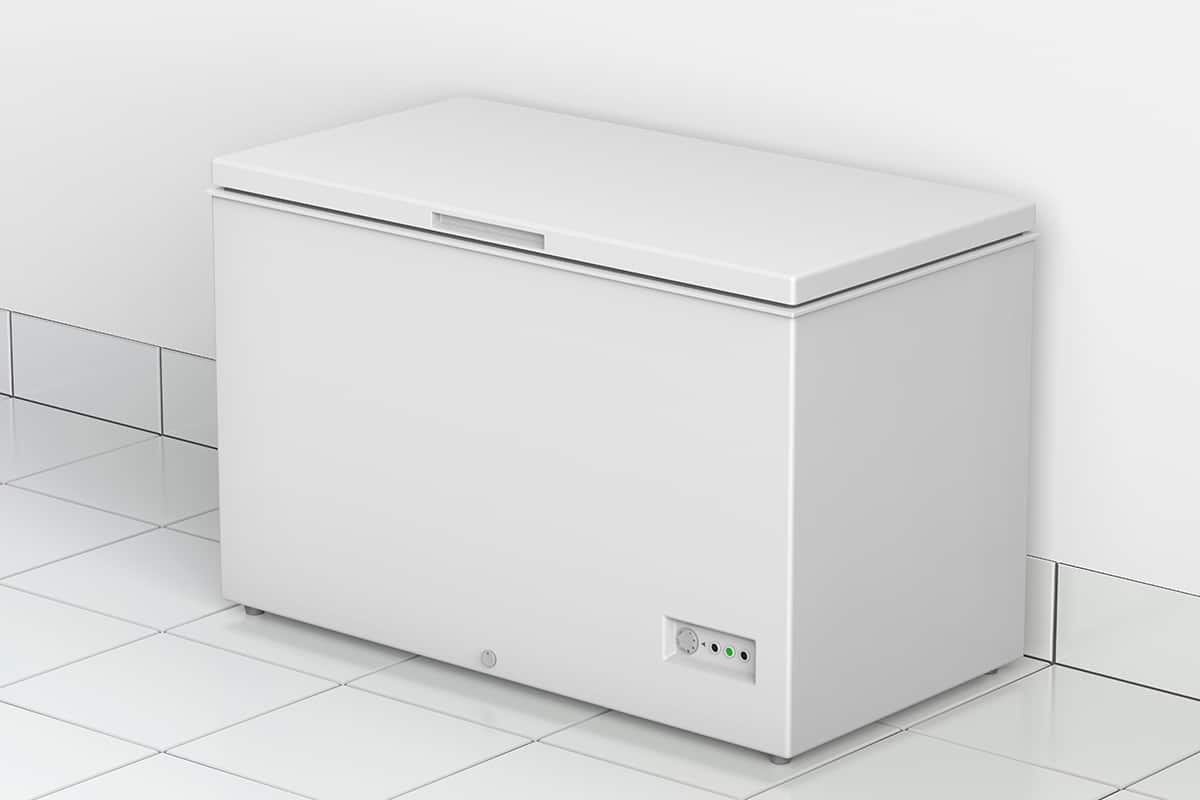
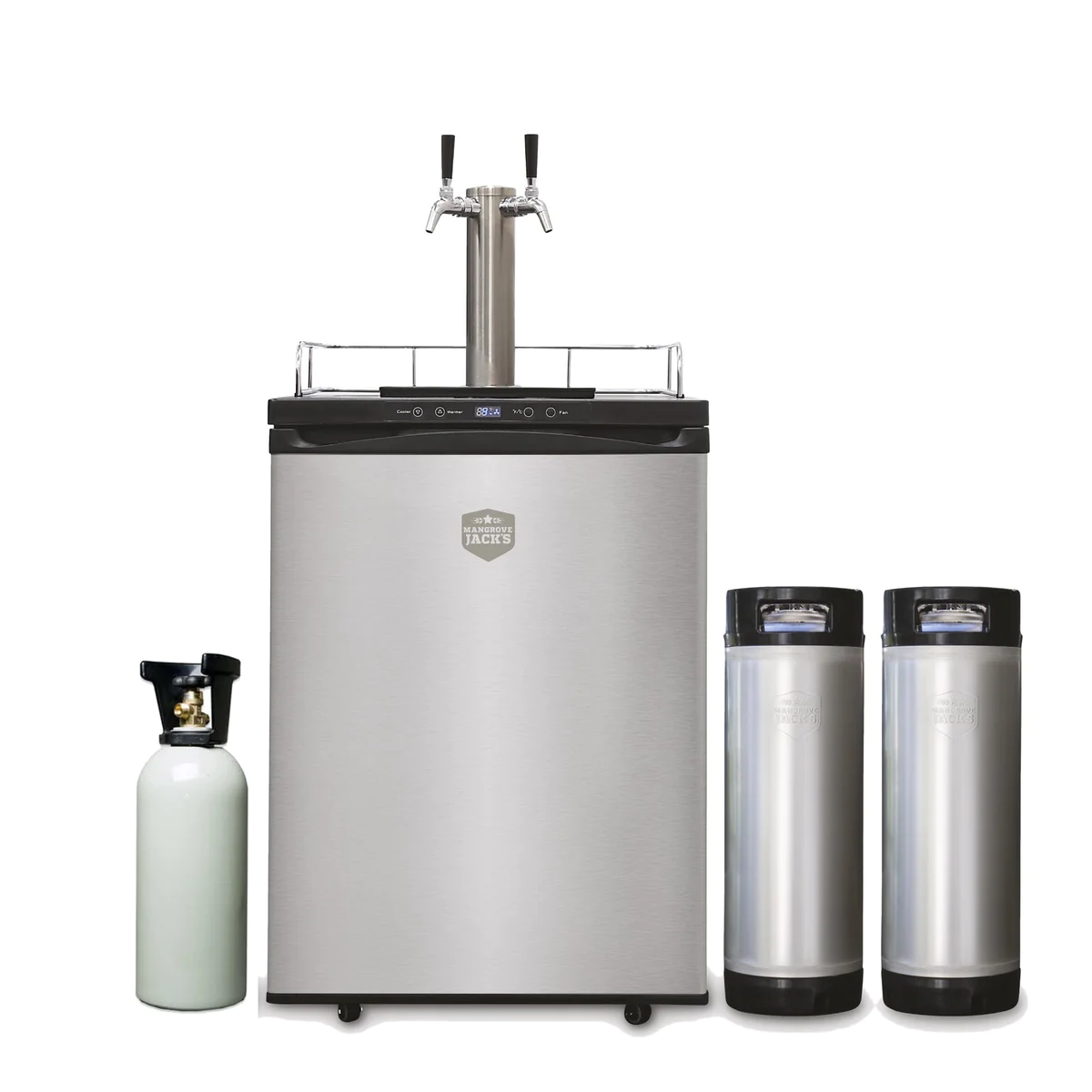
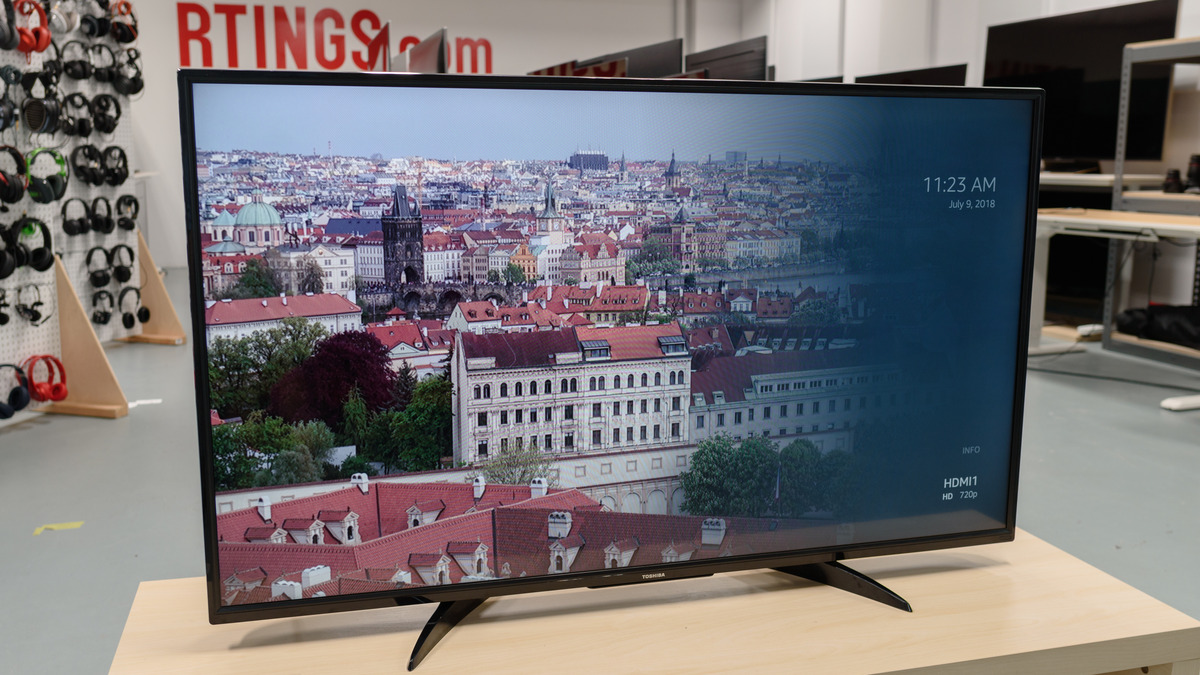
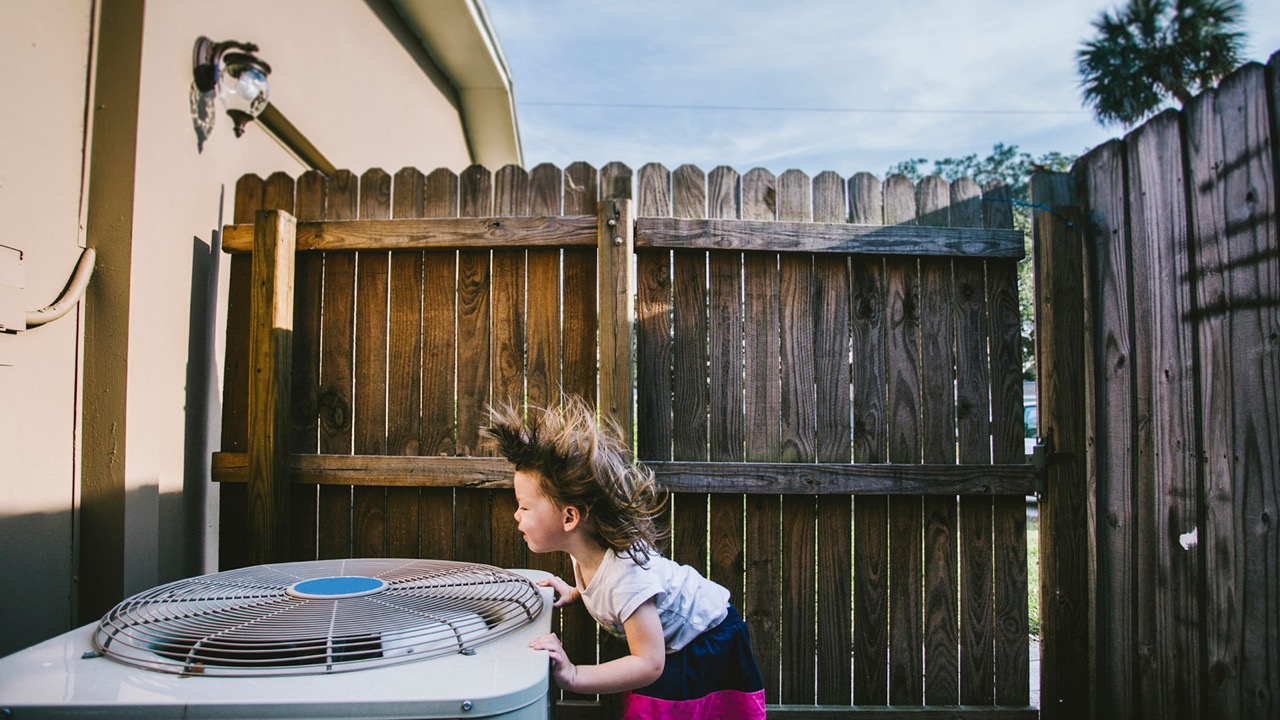
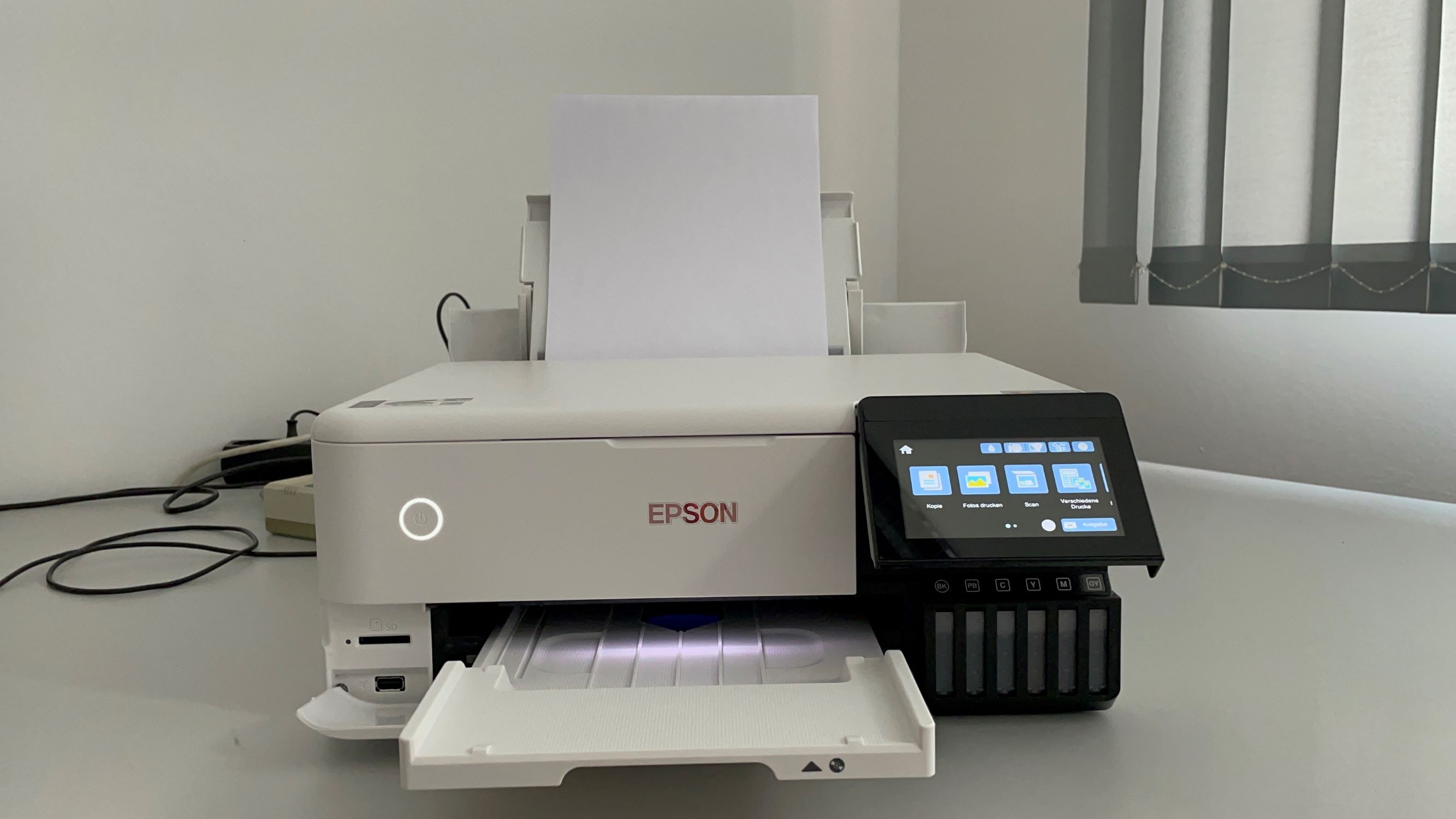
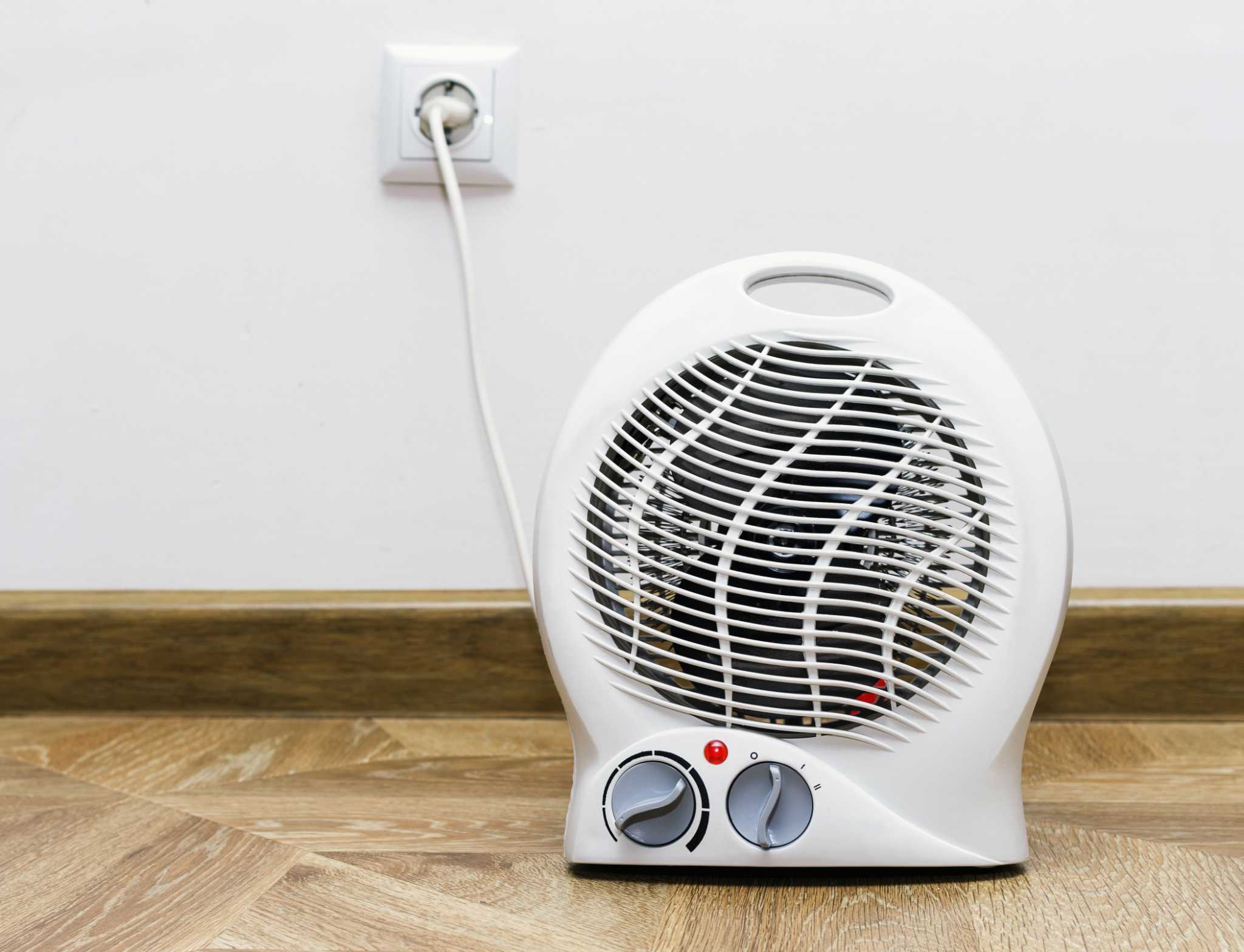
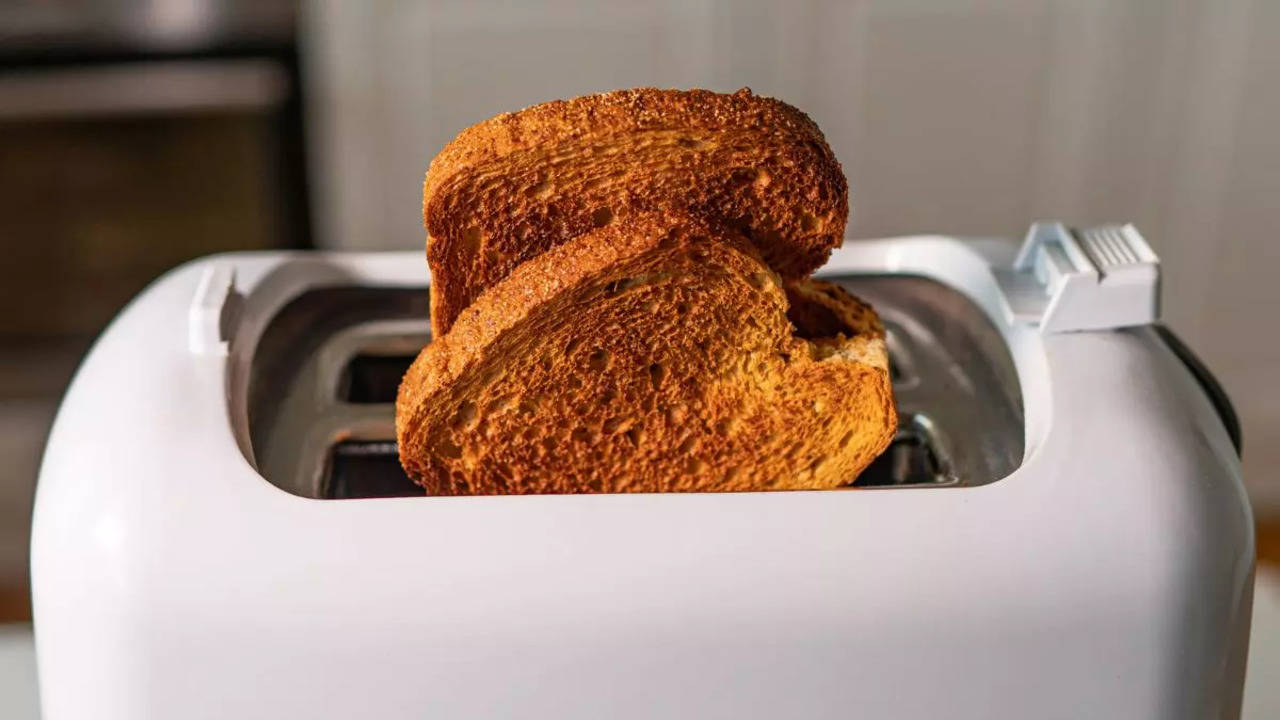
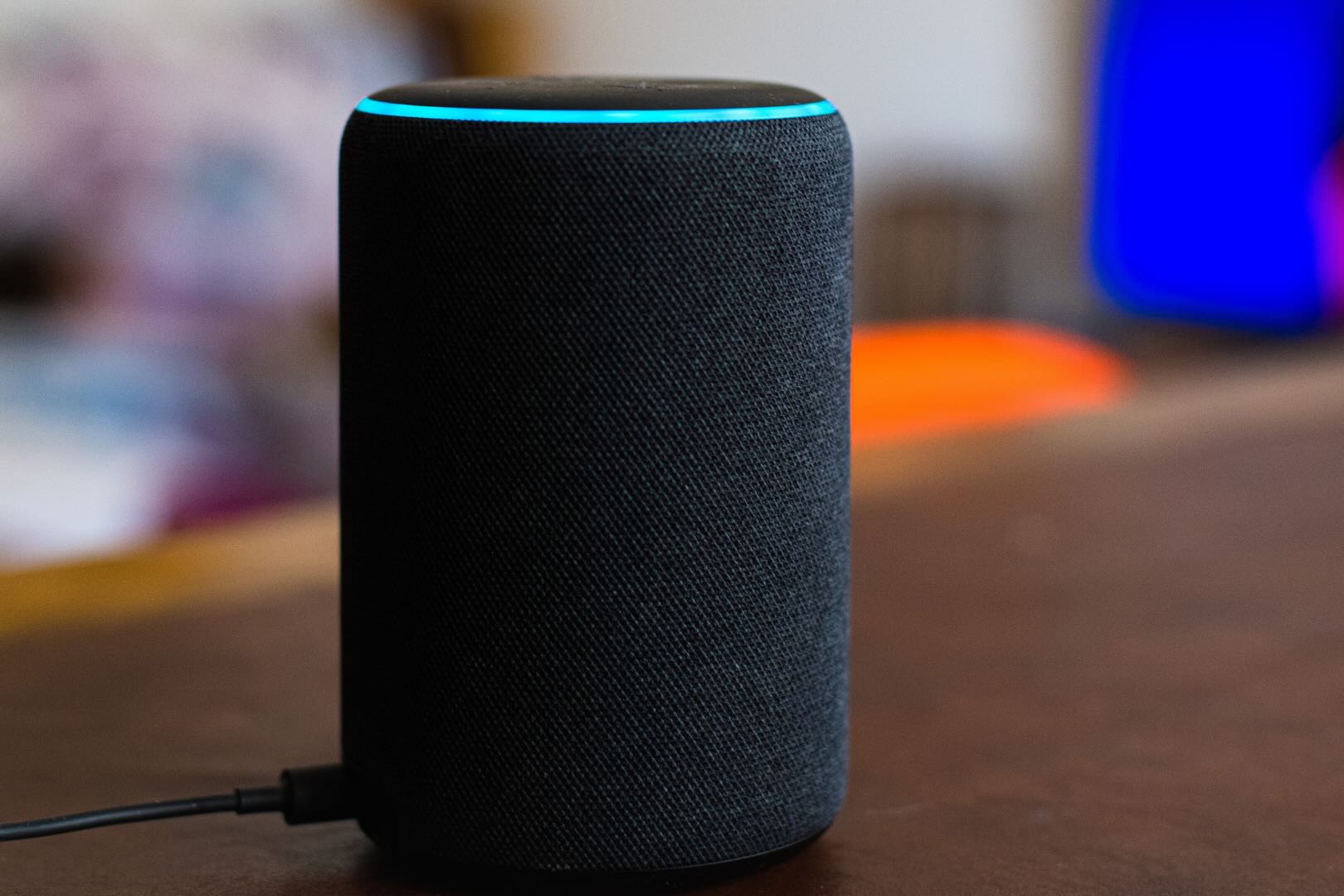
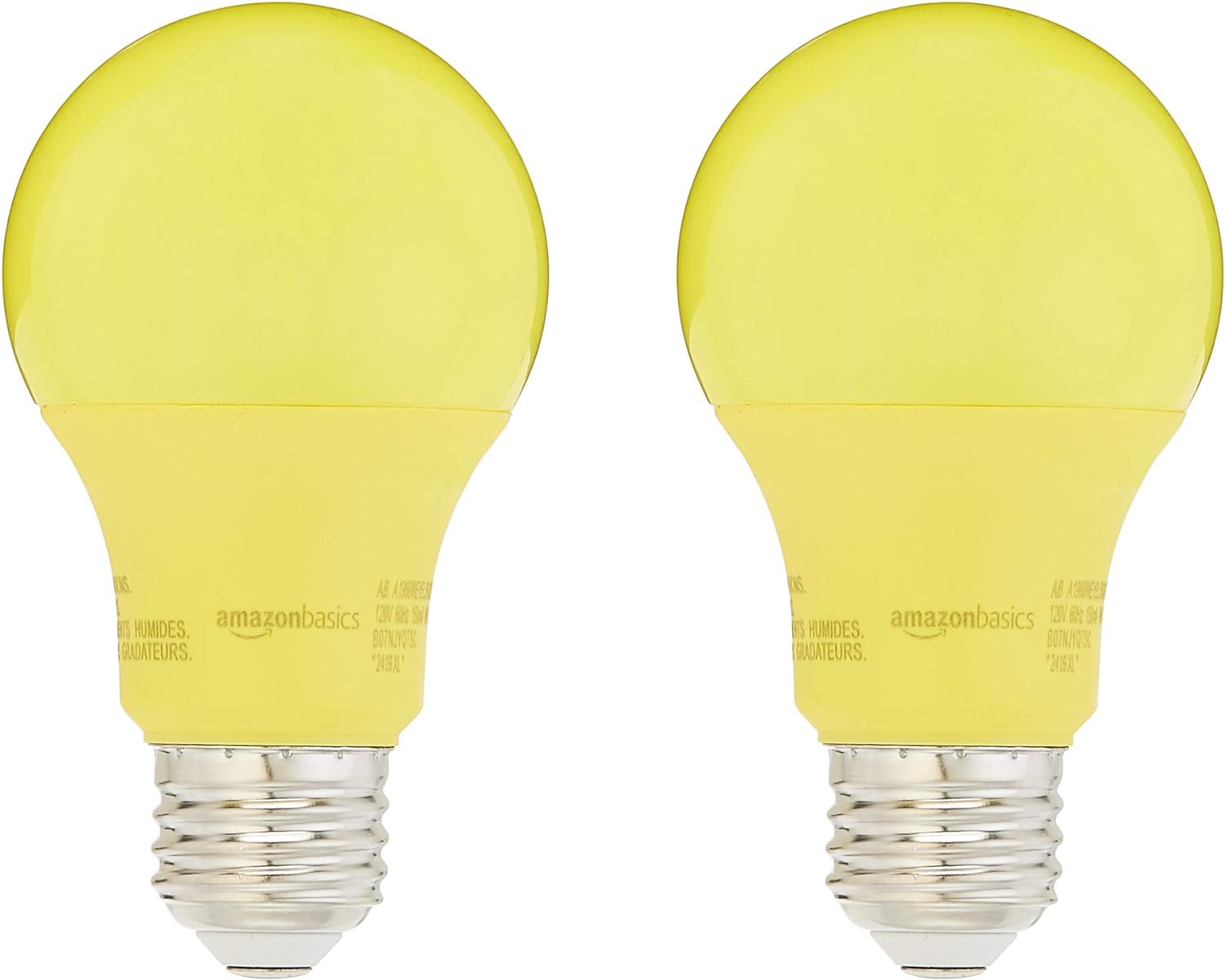
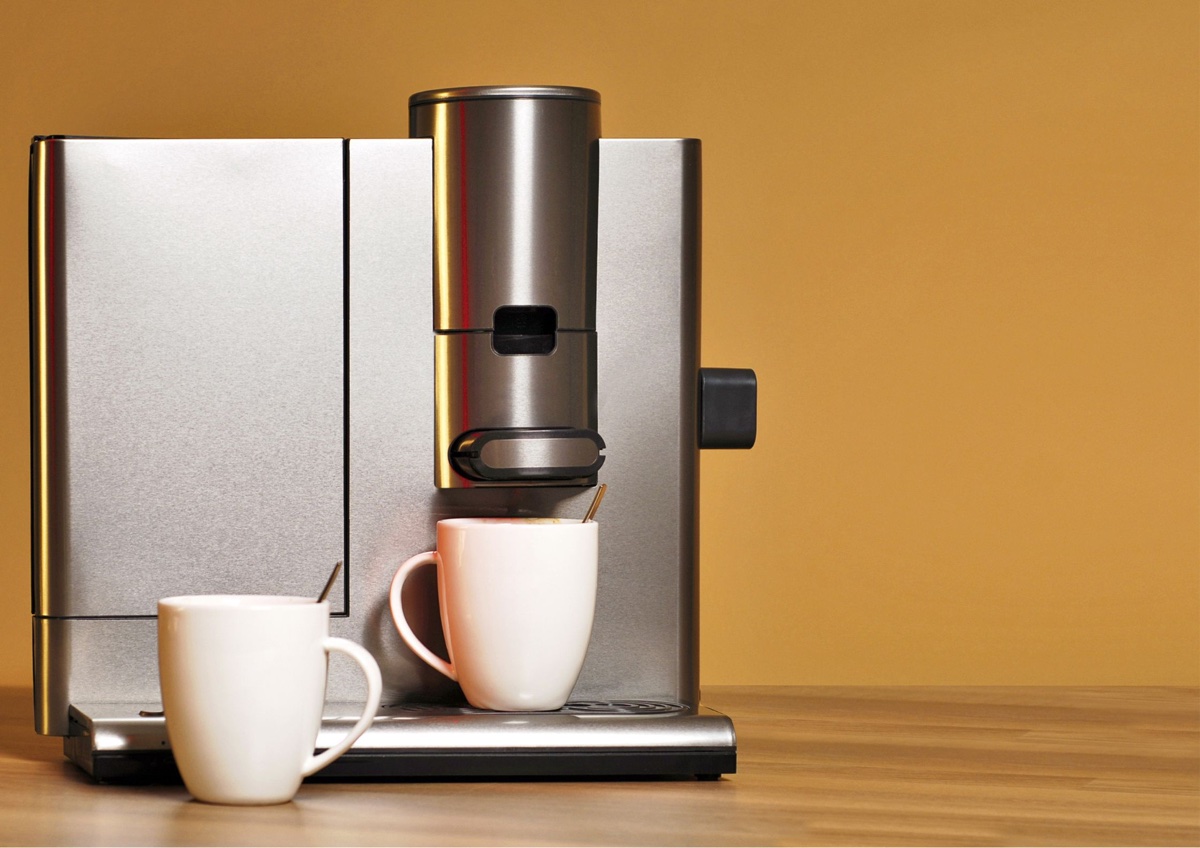
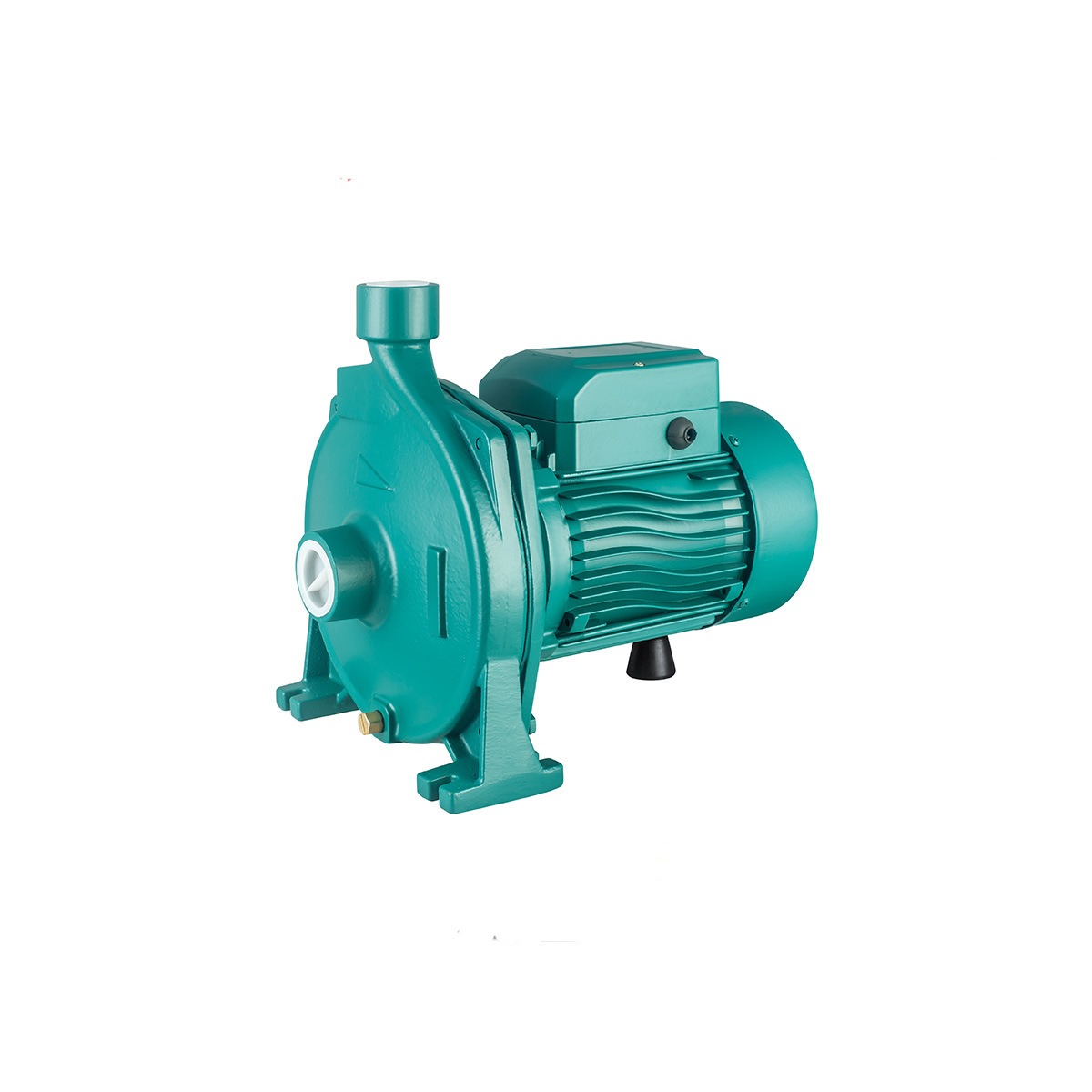
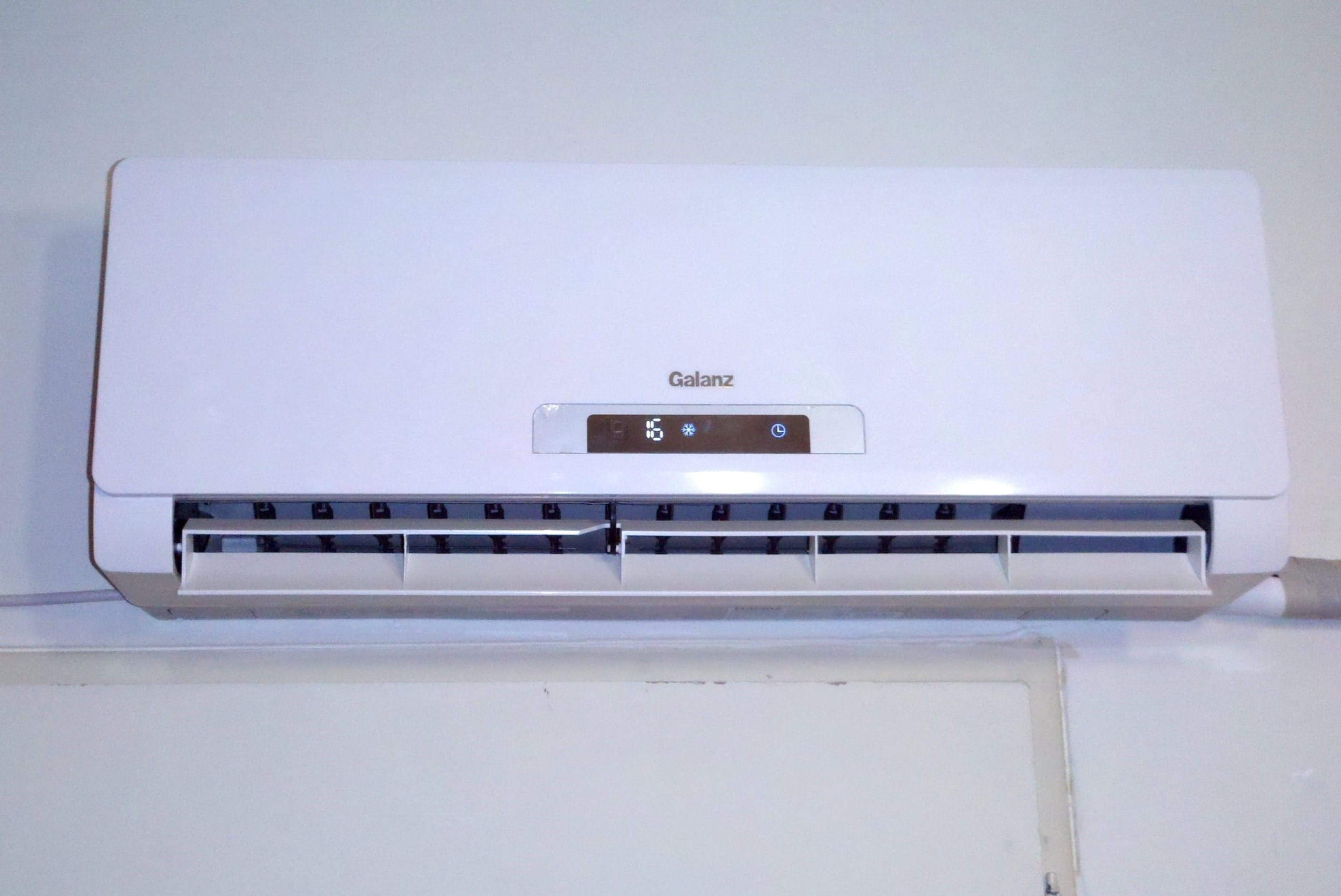
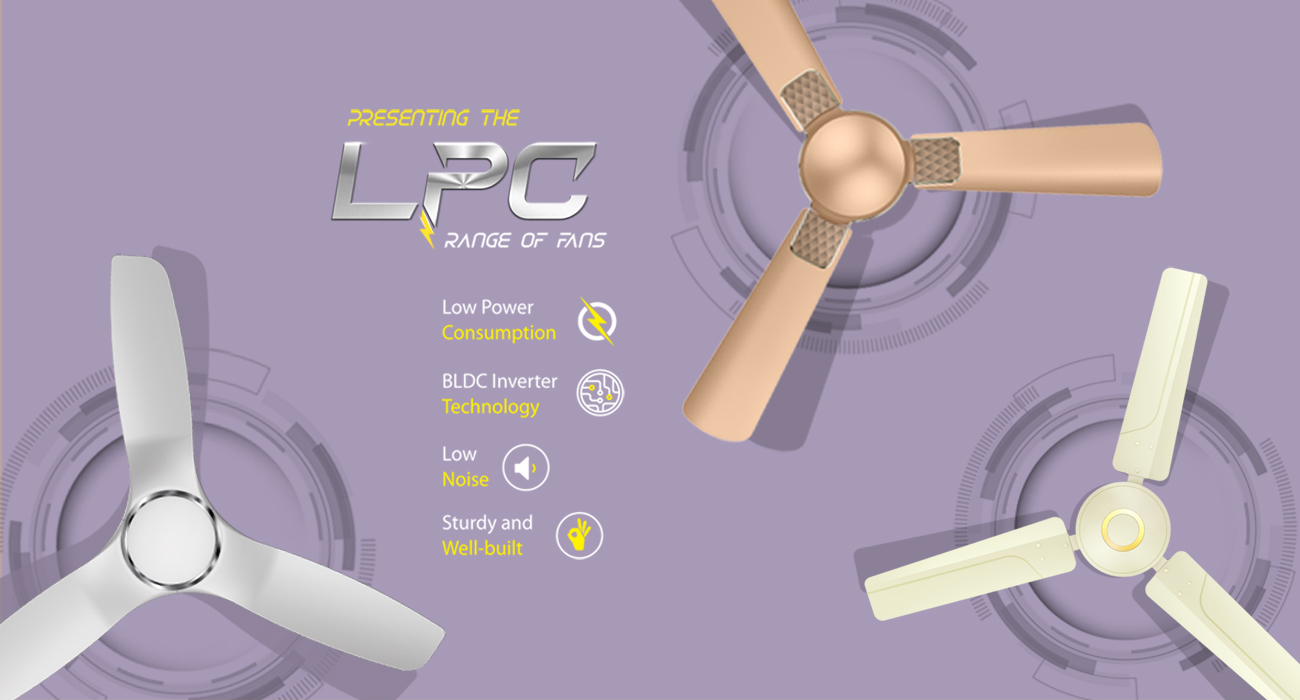
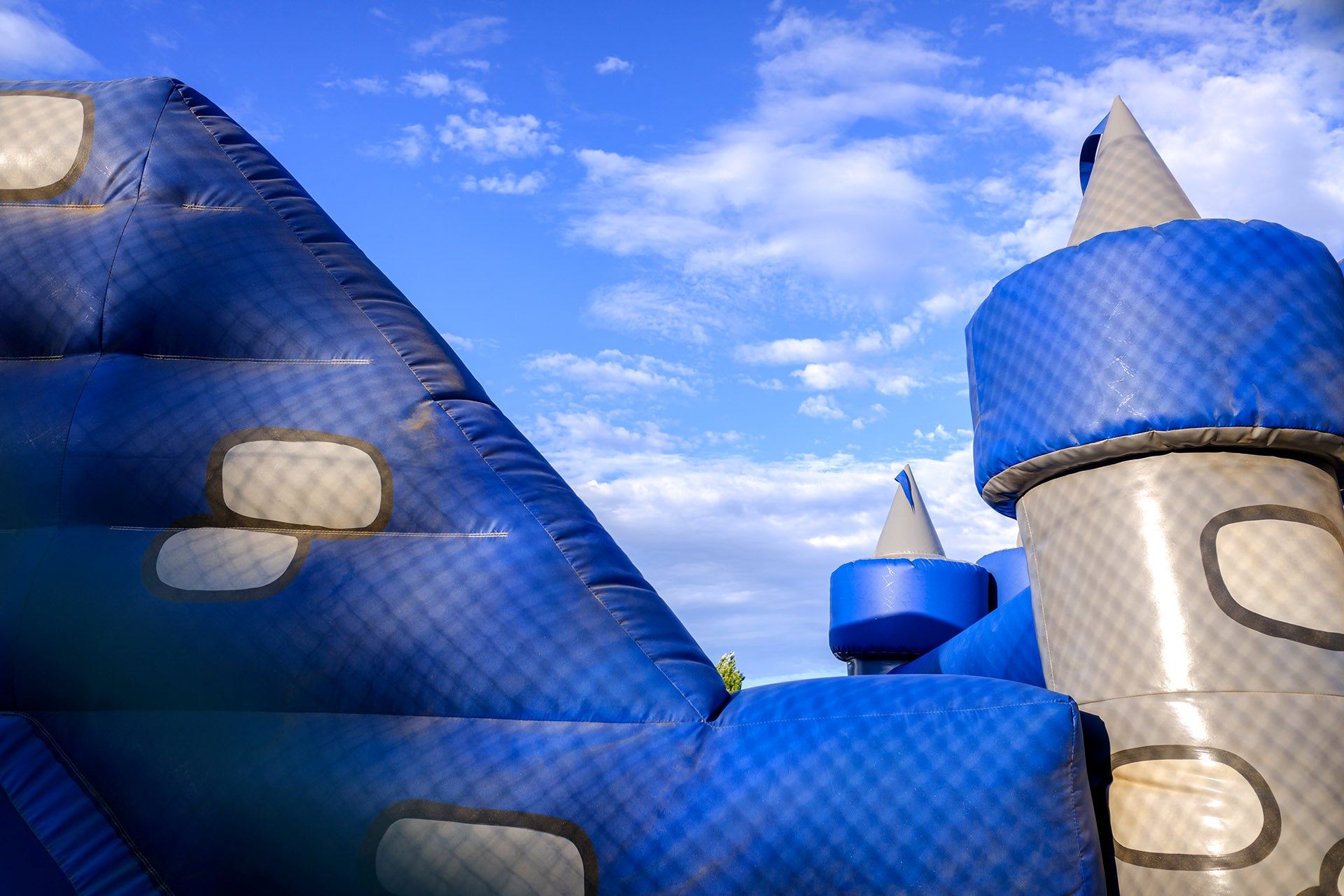

0 thoughts on “How Many Watts Does An Espresso Machine Use”